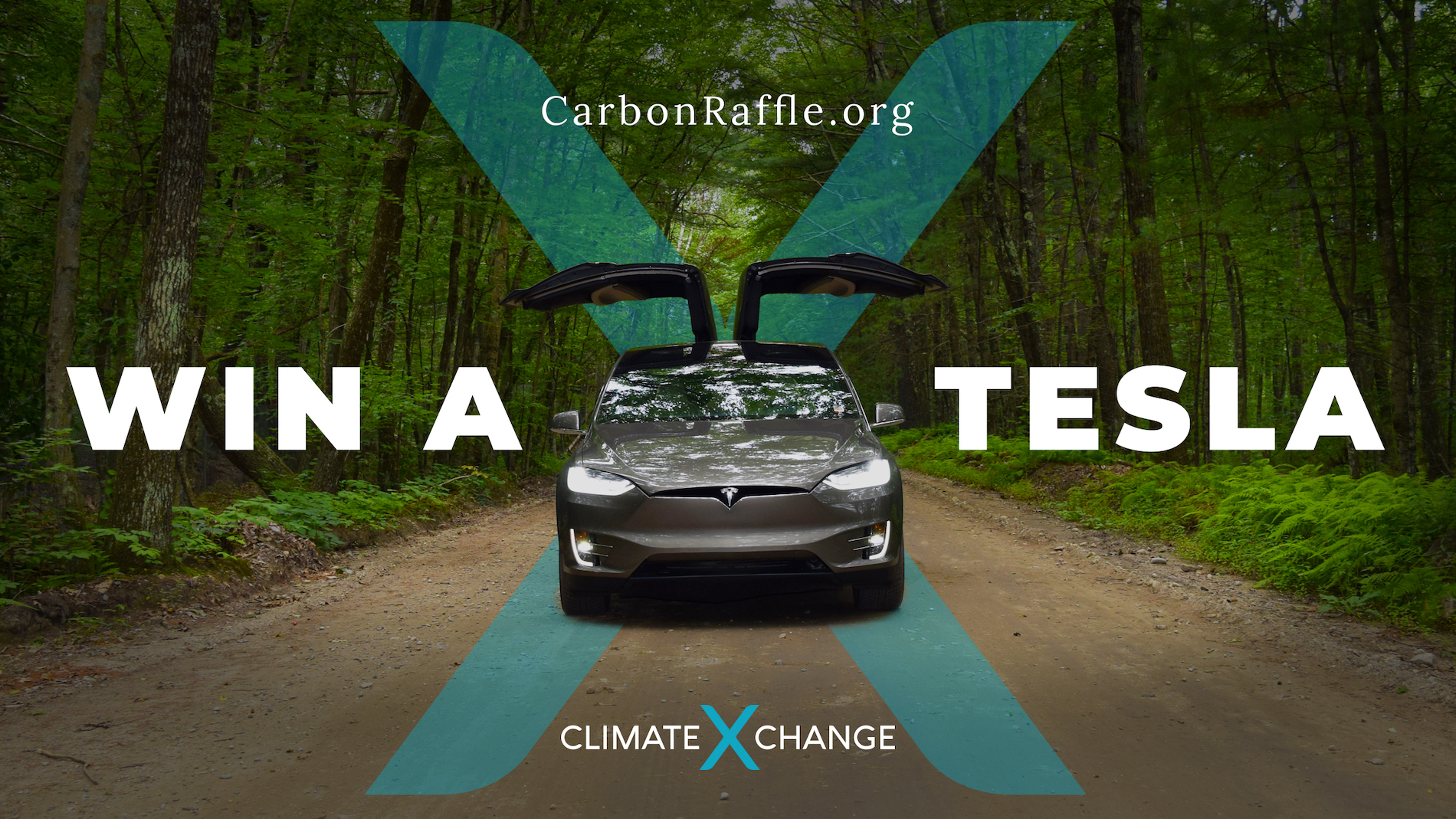On November 22nd, Nevada Governor Steve Sisolak (D) signed an Executive Order calling for a new statewide climate strategy that will include market-based mechanisms and other greenhouse gas emissions-reducing policies.
Sisolak, serving in his first year as Governor of a state that has previously lagged behind in addressing climate change, is acting swiftly. He’s ordered the state’s climate strategy to be finalized by December of 2020, and for his administration to work collaboratively with a mix of public, private, and tribal partners.
The Executive Order calls on Nevada to identify and evaluate policies and regulatory strategies that will allow the state to achieve economy-wide greenhouse gas (GHG) reductions. Section 6 in the order explicitly calls for such policies to include market-based mechanisms; while it does not specify what such a mechanism could look like, it’s likely that the state will explore implementing a cap-and-trade program that links with the Western Climate Initiative.
In the order, the Governor also calls for the state to electrify its public transportation, upgrade building codes, and enhance climate resiliency. Any proposed policies must also “consider the impact on low-income and disadvantaged communities.”
“This executive order will ensure Nevada continues to promote ambitious carbon-reduction standards that will help tackle the devastating impacts of climate change while creating good, high-paying jobs for Nevadans,” Sisolak said in a statement. “The impacts of climate change, and a job market that demands renewable energy and other clean technologies, are already here. For the sake of Nevada’s future, and our children’s future, we must take action.”
Nevada has recently taken major steps to address the climate crisis
Since taking office in January, Sisolak’s administration has prioritized addressing climate in a way that past ones simply have not. With Democratic majorities in both the Assembly (28-13) and Senate (13-8), the Silver State is well-positioned to act boldly.
Nevada joined the U.S Climate Alliance in March, thereby committing to reduce its GHG emissions, track and report actual emission-reductions, and promote clean energy deployment.
In April, Nevada’s new renewable portfolio standard (RPS) was signed into law, mandating that 50% of the state’s energy come from renewables by 2030 (Senate Bill 358). A more scaled-down version of this bill had been previously vetoed by Nevada’s former Governor, Brian Sandoval, but Sisolak prioritized passing this RPS bill during his first few months in office.
In June, more climate-related legislation was enacted. SB 254 delineates emission reduction goals of 28% below 2005 levels by 2025 and 45% below 2005 levels by 2030. SB 254 also directs the Nevada Department of Conservation and Natural Resources (DCNR) to issue a report by December 31st that includes an annual statewide inventory of GHG emissions and a projection of emissions for the subsequent 20 years. The DCNR must issue this report by December 31st.
“Just one year ago, we could not even discuss the climate crisis or the reduction of carbon in the Nevada legislature or in our state government,” said Senator Chris Brooks, the Vice Chair of the Senate Natural Resources Committee. “And look how far we’ve come.”
Lots of work remains in Nevada’s clean energy transition
The state’s electricity generation portfolio still consists of approximately two-thirds imported fossil fuels, and eight out of ten of the state’s largest power plants are natural gas-fired.
Transportation is the largest carbon emitting sector in the state, accounting for about a third of the state’s emissions. The air pollution that results from tailpipes of internal combustion engines has enormous health consequences; the top reason that kids miss school in Southern Nevada is asthma, which has been known to be directly related to pollution.
Furthermore, Las Vegas is the nation’s fastest warming city; between 1970 and 2018, the average temperature in the city increased by 5.76 degrees Faherenheit. In 2018, the state also suffered its largest ever wildfire, Martin Fire, which burned more than 400,000 acres and left behind a burn scar visible from space.
“With Nevada being the driest state in the nation, coupled with the risks and realities our State faces from climate change, smart climate solutions are critical to the long-term health and sustainability of our state,” DCNR Director Bradley Crowell said.
The potential economic benefits of transitioning away from dirty fuels are also significant, as the state has no significant fossil fuel reserves and enormous renewable potential. Between 2017 and 2018, Nevada’s clean energy sector grew by 34%, a higher clip than any other state in the nation.
Nevada is not acting alone
Momentum for carbon pricing, and cap-and-invest in particular, has been building in the Western U.S over the last several years. California launched an economy-wide cap-and-invest program in 2013; which while far from perfect, is the most comprehensive multi-sector carbon pricing initiative any U.S state has implemented to date.
Nevada’s announcement comes just a day after New Mexico’s executive branch announced it was considering cap-and-invest. Last year, New Mexico Governor Michelle Lujan Grisham signed a similar executive order, which called for the state to take aggressive action on climate change and adopt market-based mechanisms.
Other states in the region have come close to passing meaningful carbon prices; in 2018, a Washington State ballot initiative to price carbon fell just short of passage, and last session, Oregon’s cap-and-invest bill was tabled after Republican legislators fled the state. In Colorado, several municipalities have introduced carbon fees of their own; Denver’s proposed carbon price was recently tabled, but other cities, such as Boulder, have boasted prices of their own for the last couple of years.
“What the next year holds will be critical,” said Pam Kiely, Environmental Defense Fund Senior Director of Regulatory Strategy. “How quickly Gov. Sisolak’s team moves forward to not just evaluate these critical policies, but actually exercise the regulatory tools the Nevada Department of Environmental Protection has available to put strong limits on carbon pollution will be essential to ensuring that Nevada keeps pace with its peers and delivers concrete climate action.”










